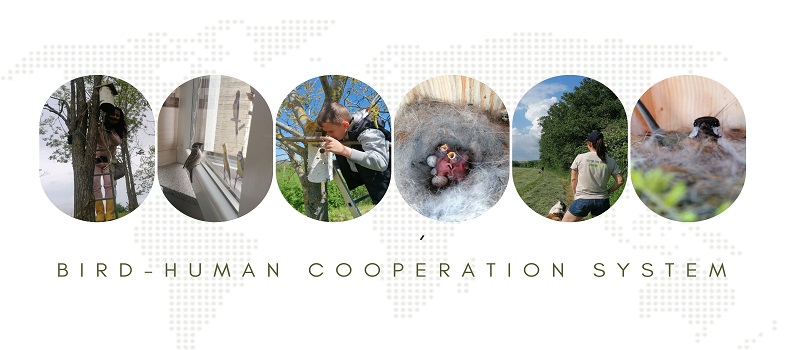first step
Building a Bird-Friendly Environment and Cooperation System
First Step Towards a Bird-Friendly Environment
The first step towards making my environment more bird-friendly would be to create safe spaces where birds can find food, water, and shelter. For example, planting native trees and flowering plants would provide natural food sources such as fruits and nectar. Adding simple items like bird feeders, water bowls, or nesting boxes in gardens and public spaces would give birds safe access to resources, especially in urban areas where natural habitats are shrinking. Small changes in daily habits, like avoiding pesticides, would also make the environment healthier for insects and plants, which are important for bird diets.
Building a Bird-Human Cooperation System
To build a bird-human cooperation system, I would start by observing the needs of local bird species and designing creative ways to meet them while also benefiting humans. For instance, farmers could encourage insect-eating birds to visit their fields by setting up perches or nesting boxes. This would reduce the need for chemical pesticides, creating a win-win situation for both people and birds. In cities, rooftop gardens could serve as green spaces for birds while also reducing pollution and heat for humans. Schools and communities could organize “bird days,” where people learn how to protect birds and in return, enjoy birdwatching and the ecological services birds provide.
Creative solutions might include using technology, such as apps to track local bird populations or smart feeders that record bird visits. These tools could raise awareness and help people feel connected to the birds around them.
Obstacles and How to Overcome Them
The biggest obstacles to building a bird-friendly system are human negligence, habitat destruction, and lack of awareness. Many people cut down trees or use chemicals without realizing how much harm this causes to birds. To overcome this, awareness campaigns and school programs could educate communities about the benefits of birds. Another challenge is limited space in crowded cities, but rooftop gardens, vertical planting, and community parks can provide alternative habitats. Finally, cooperation with local authorities and organizations is essential to create long-term policies for bird protection.
Conclusion
The first step is small—providing food, water, and safe habitats—but with creativity and cooperation, we can build systems where birds and humans thrive together. Overcoming obstacles requires awareness, innovation, and collective effort, but the result is a healthier environment for all.
